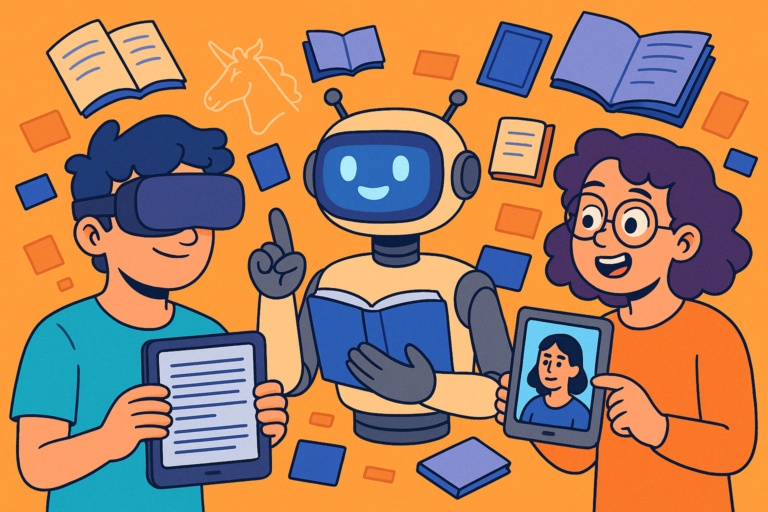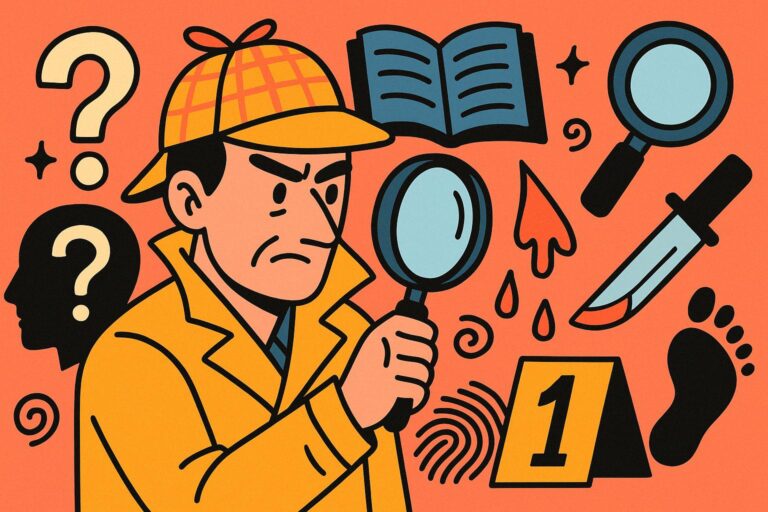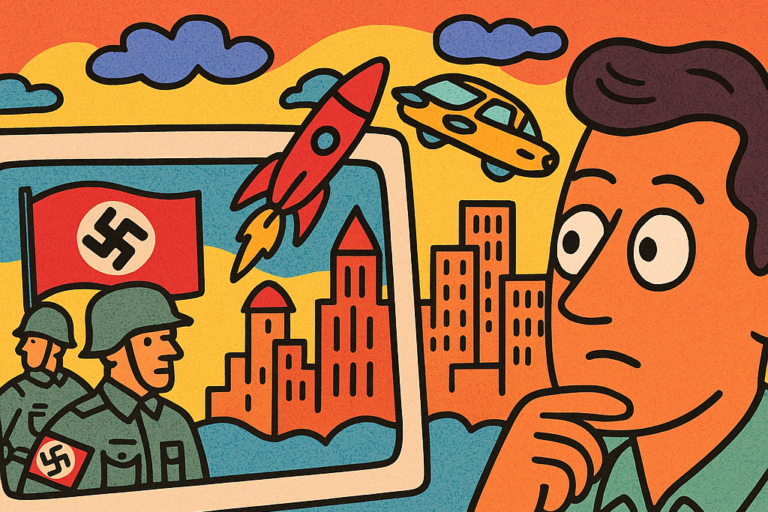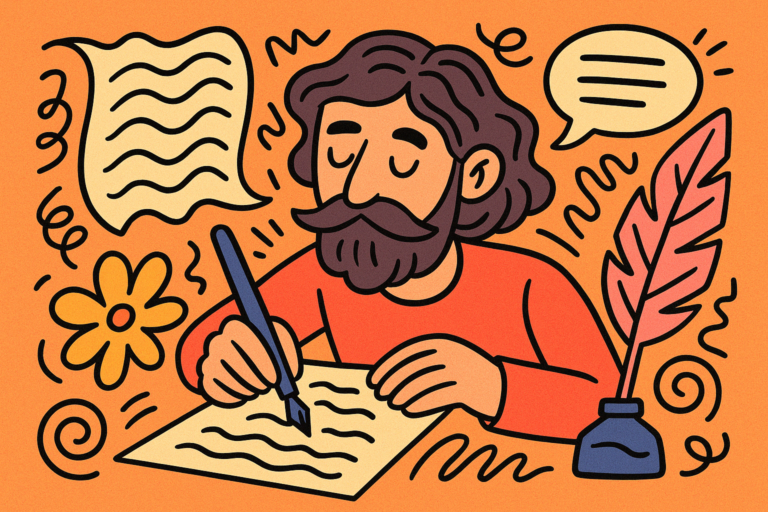Why Controversial Books (That Are Often Censored) Matter The Most To Readers

Here’s something that struck me early on while researching this topic: the books people try hardest to ban are often the ones most essential to read.
It’s almost like controversy is a neon sign saying, “This book matters.” And I don’t think that’s a coincidence.
Throughout history, books that push against norms—whether moral, political, or cultural—are the ones that spark the biggest reactions. Sometimes they’re feared because they offer new truths, other times because they reflect old wounds that still haven’t healed. Either way, the outrage says something.
So in this post, I want to unpack why controversial books—especially the ones that get pulled from shelves or labeled “dangerous”—tend to have outsized importance for readers. And I’m not just talking shock value. I mean deep, lasting impact. Let’s dig into what makes these books stick, and why the attempts to silence them often prove their point.
The Literary Value of the Forbidden
One thing that kept coming up in my research is this idea that books aren’t usually censored because they’re bad—they’re censored because they’re effective. That sounds obvious, but when you really sit with it, it opens up a bigger conversation about what literature is for.
Take The Bluest Eye by Toni Morrison. It’s been banned or challenged more times than I can count—graphic content, racial themes, sexual trauma.
But when you read it (and I mean really sit with it), it’s clear that what makes it controversial is also what makes it powerful. Morrison forces us to confront the internalized racism and beauty standards that shaped Black girlhood in America.
She doesn’t flinch, and that’s exactly why the book lands like a punch. If anything, the discomfort it creates is the point.
That’s something I think gets overlooked in a lot of censorship debates: literature isn’t always supposed to comfort—it’s supposed to complicate. And controversial books often do that with surgical precision.
They shine a spotlight on whatever society is trying to keep in the dark.
George Orwell’s 1984 is another obvious-but-worth-mentioning example. It’s been challenged in schools, libraries, and entire countries for being politically subversive, “unpatriotic,” or just too grim. But Orwell wasn’t writing to be polite—he was writing to warn.
And even now, decades later, the book hits home because its metaphors still track: surveillance culture, doublethink, authoritarian creep. That book isn’t just literature—it’s a tool for civic literacy.
What’s wild is that sometimes the same book gets attacked from both sides of the political spectrum. Gender Queer by Maia Kobabe, for example, has been praised as a groundbreaking memoir in some circles, and aggressively banned in others. Why? Because it talks openly about queer identity, sexuality, and self-discovery. It’s intimate, visual, and honest in a way that hits a nerve—not because it’s sensational, but because it’s personal.
And this isn’t just about content.
It’s about what kinds of voices get to tell stories. A lot of the most-banned books today are by authors of color, queer authors, or people writing from historically marginalized communities.
That’s not an accident. The books are controversial because they disrupt the status quo, and that disruption is exactly what gives them literary power.
So yeah, controversial books matter—not in spite of the backlash, but because of it. The outrage often confirms that the book touched something real, something raw. And if a book can still rattle cages decades after publication? That’s not a reason to censor—it’s a reason to reread.
What Censorship Attempts Reveal — About Readers, Not Just Books
When a book is censored or banned, the first reaction is usually to ask, what’s in this book that people are afraid of?
But if we flip the lens just a little, I think a more interesting question emerges: what does this act of censorship reveal about the people doing the censoring—and the society they live in?
It turns out, the reasons behind banning a book are often more illuminating than the content of the book itself. Censorship tells us a lot about what society is grappling with, what it’s trying to avoid, and what it’s not quite ready to understand.
So here’s a deeper dive into the hidden messages behind censorship efforts—and how those messages tell us just as much (if not more) than the books themselves.
1. A barometer of societal anxiety
Censorship is rarely about the book itself. It’s about the climate the book enters. For example, during the Red Scare in the U.S., books like The Grapes of Wrath and Native Son weren’t just seen as literary works—they were viewed as threats to national identity.
Today, you see similar fear-driven responses to books discussing gender identity, police violence, or colonial history.
That’s because controversial books poke at the soft spots of public discourse. They show us the fault lines. When a book like Stamped: Racism, Antiracism, and You gets challenged, it’s not because the material is false—it’s because the truth feels destabilizing. So the backlash tells us: this is where people feel most uncertain or defensive.
2. A window into generational conflict
Censorship is often driven by adults trying to “protect” younger readers—but here’s the twist: the books in question are often written for them. And they’re not being challenged because young people don’t understand them—they’re being challenged because they do.
Books like All Boys Aren’t Blue or The Hate U Give resonate with younger readers because they reflect lived experience. That alone can be threatening to older generations who were taught not to name certain things—like structural racism or queer identity—or to see them only through a narrow, sanitized lens.
This tug-of-war often becomes a generational clash over who gets to define truth, reality, and identity.
And it’s not new—we saw the same thing with Catcher in the Rye in the ‘50s or Are You There God?
It’s Me, Margaret in the ‘70s.
The only thing that’s changed is the subject matter.
3. A proxy for identity politics
Let’s be real—when books are banned, especially in schools, it’s almost never just about the language or the content. It’s about whose perspective is being centered. That’s why we see a disproportionate number of books by BIPOC, LGBTQ+, and disabled authors on banned book lists.
There’s a kind of cultural gatekeeping happening under the guise of “community standards.” When a school board bans The Absolutely True Diary of a Part-Time Indian, it sends a message about which narratives are deemed “appropriate” or “legitimate.” Spoiler: it’s not the ones that talk openly about poverty, abuse, or racial identity.
So these bans don’t just suppress individual voices—they redraw the lines of cultural legitimacy. And often, the more “controversial” the book is labeled, the more it’s trying to expand those boundaries.
4. A catalyst for reader agency
Ironically, censoring a book often creates the exact opposite effect—it drives curiosity. It puts the book on a kind of literary blacklist that readers want to decode.
Why was this book hidden?
What’s in it that someone doesn’t want me to see?
This can spark what I’d call reader defiance, especially in teens and young adults. And that’s not a bad thing. It teaches readers to ask critical questions: Who decides what’s dangerous?
Who benefits from that decision?
In that way, controversial books often train readers in skepticism and intellectual independence.
You don’t just consume the story—you consider its impact, its threat level, its political resonance. It’s the act of banning itself that primes the reader to think more deeply.
5. A measure of literary potency
Here’s a weird-but-true insight: books that get banned often last longer in the cultural memory than those that don’t.
Because the controversy cements them. You can’t talk about modern dystopian fiction without 1984. You can’t talk about young adult trauma narratives without Speak or Push.
And what that tells me is that the more disruptive a book is to the current cultural narrative, the more essential it becomes over time. Banning it doesn’t dilute its impact—it canonizes it.
So yeah, censorship is often reactionary—but in doing so, it inadvertently performs a kind of literary validation. These books were meant to challenge the dominant story, and the resistance proves they’ve succeeded.
As a Reader, What is Your Responsibility in the Age of Soft Censorship?
Now here’s where it gets a little murkier. In the past, censorship was easier to spot—blacklists, book burnings, formal bans.
But now?
We’re seeing what some people call “soft censorship,” and honestly, I think it’s way trickier to push back against.
What do I mean by soft censorship? I’m talking about books quietly removed from reading lists, publishers backing out of controversial titles, authors self-censoring to avoid online backlash, or platforms tweaking algorithms so certain books get buried. The suppression isn’t always loud anymore—it’s ambient. It’s passive-aggressive.
And that’s where we, as readers (especially critical, expert readers), have to show up.
Curating your own critical reading diet
If you’re relying only on bestseller lists or award winners to tell you what matters, you’re probably missing a lot. Especially now, when publishing is deeply tied to marketability, optics, and virality.
We’ve got to get proactive: look at banned book lists, yes—but also look at quietly ignored books. What titles are getting great reviews but not getting distributed? Who’s being published by indie presses because their work was “too risky” for Big Five houses?
And more importantly: what’s not being said in the mainstream conversation? Sometimes the most vital books aren’t the ones everyone’s fighting over—they’re the ones that make people too nervous to engage at all.
Defending difficult stories in public and private spaces
I’ve seen this happen firsthand: a teacher quietly replaces a controversial book with a “safer” one because they’re tired of fighting with administrators or parents. Or a librarian pulls a title off display to avoid complaints.
The decision makes sense, emotionally—it’s exhausting to constantly justify literature that challenges people’s comfort zones.
But the cost is real. When we remove difficult books from public spaces, we tell readers that complexity is dangerous. That nuance should be avoided. That only certain kinds of stories are worth telling.
So we’ve got to support the people who put these books on the shelves in the first place. That means defending educators, pushing for robust policies around book access, and helping institutions build the backbone to withstand moral panics.
Not all critique is censorship—but some sure looks like it
Here’s a subtle point that’s worth chewing on: not every challenge to a book is censorship. It’s okay to critique a book for harmful stereotypes or outdated language.
What matters is how we handle that critique. Are we contextualizing the book and encouraging conversation?
Or are we trying to erase it entirely?
A book like To Kill a Mockingbird sparks debates about white saviorism—but removing it from classrooms outright skips the harder work of teaching students how to read it critically. Same with Huckleberry Finn. These books are flawed, yes—but they’re also part of a long literary conversation.
Critical engagement > clean erasure.
That’s the motto.
The expert reader’s ethical obligation
As someone who’s not a professor or librarian myself—but who’s done a ton of research here—I’m honestly amazed at how much power expert readers hold. You shape syllabi. You guide panels. You decide what books get reviewed, anthologized, and cited. And when you speak up, people listen.
So here’s the challenge: Are we protecting difficult books because we know they’re important? Or are we quietly letting them disappear because it’s easier? This isn’t a guilt trip—it’s a call to arms. If you have the credibility, use it. Write the op-eds. Defend the titles. Host the messy conversations. Be the person who makes it a little harder to pretend controversial books don’t matter.
Because they do.
Final Thoughts
So, here’s what I’ve learned writing this: when a book is labeled controversial, it’s often because it’s doing something real. It’s exposing something raw. It’s working. And whether the censorship is loud and dramatic or subtle and systemic, the goal is usually the same—to keep that disruption quiet.
But the very act of silencing is its own kind of confirmation. It tells us where to look. What to protect. What to read next.
So maybe the question isn’t why controversial books matter. Maybe the better question is: how can we make sure they keep reaching the people who need them most?





